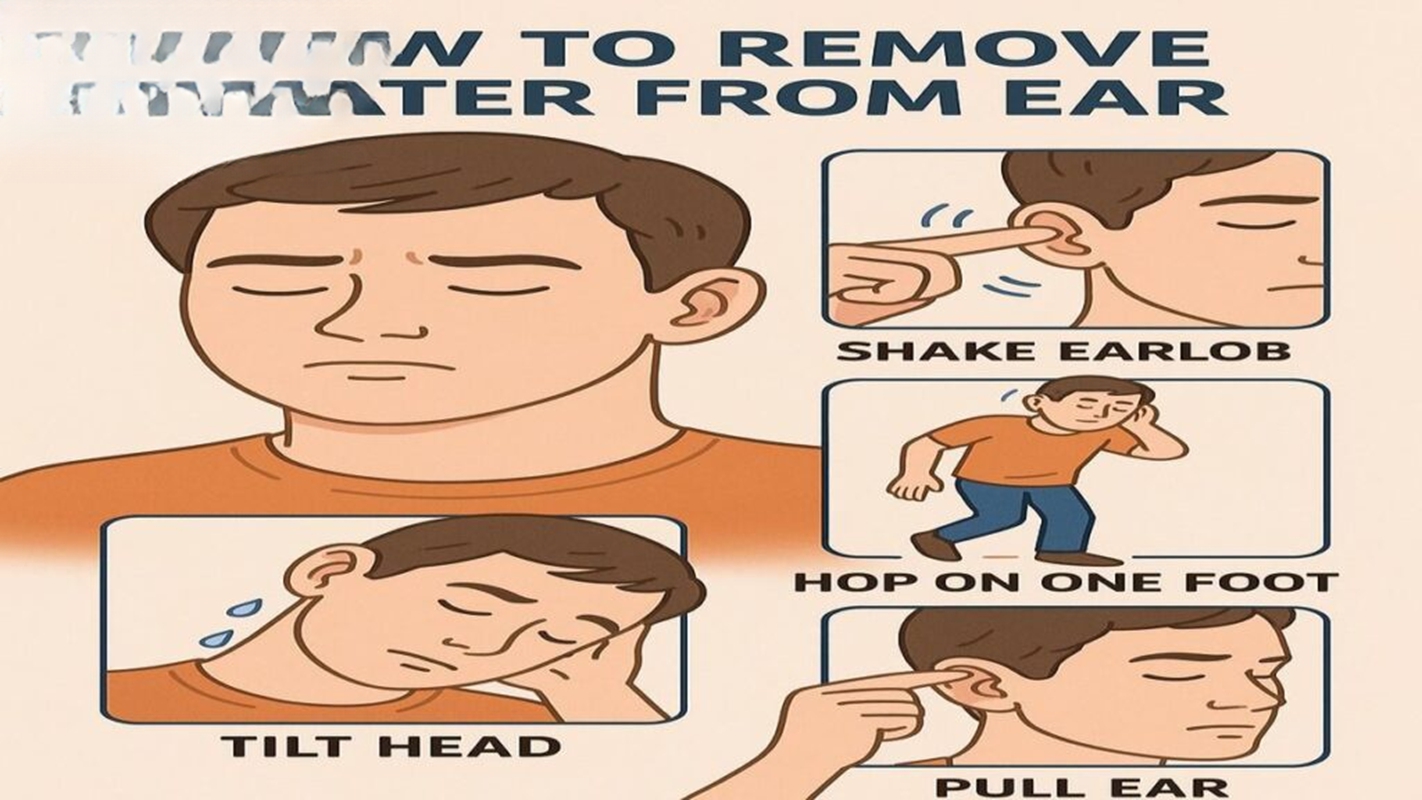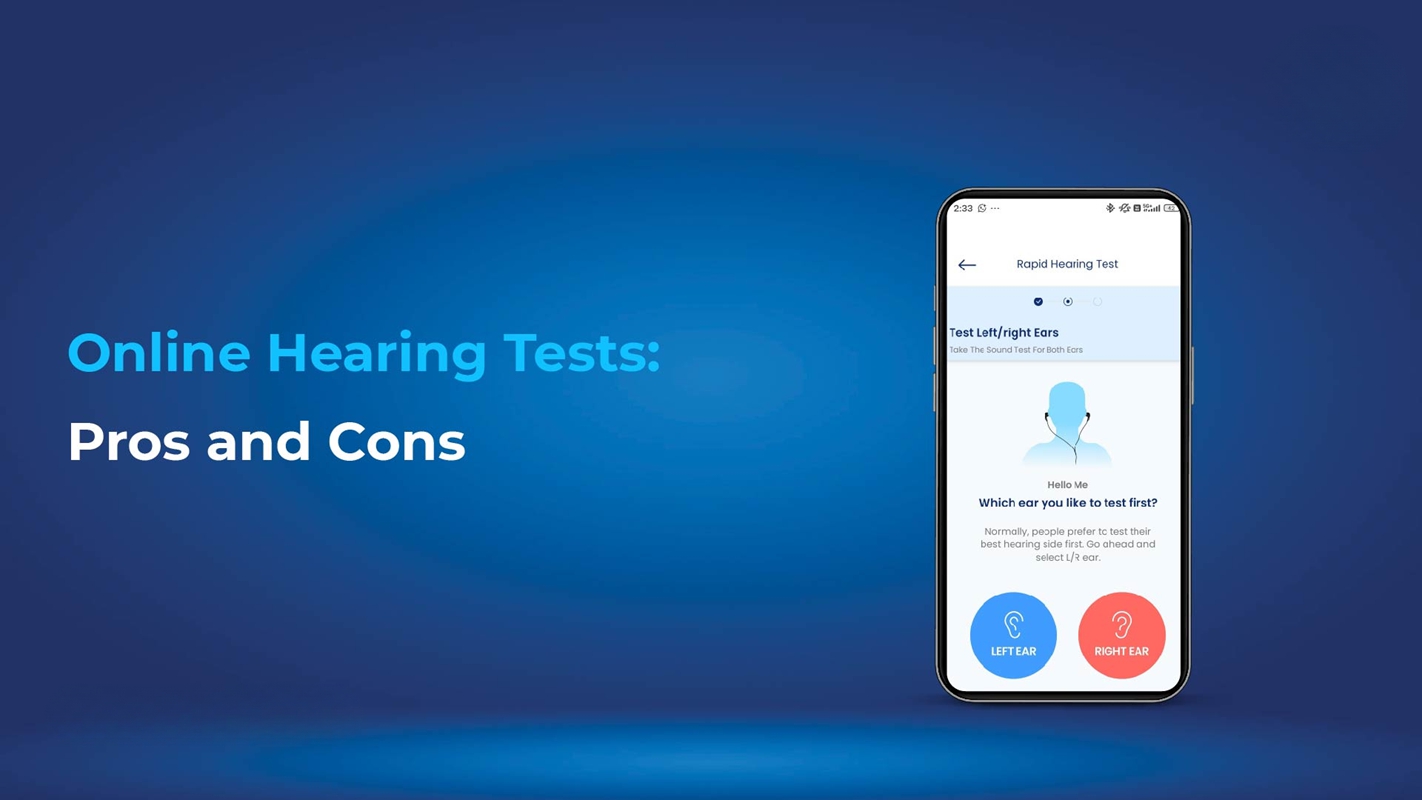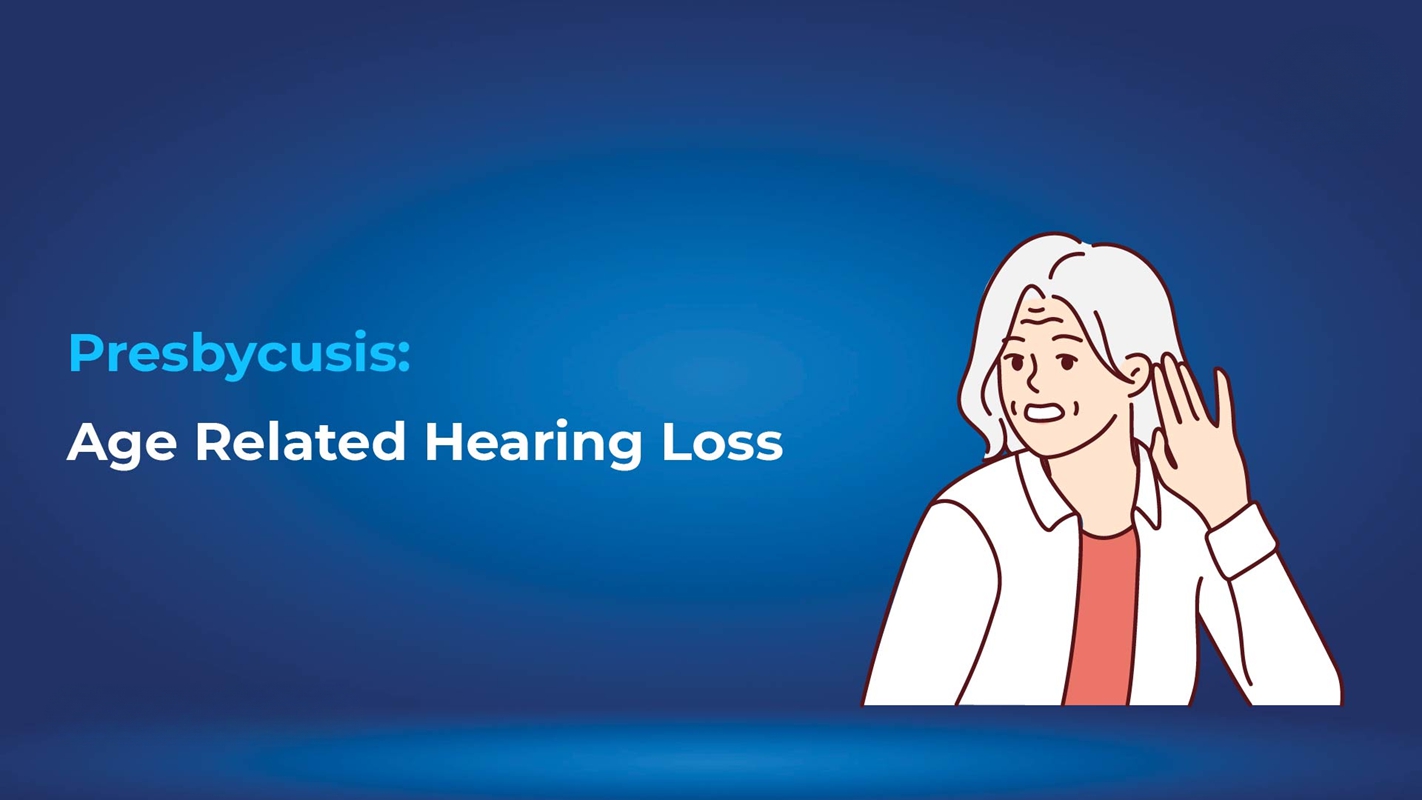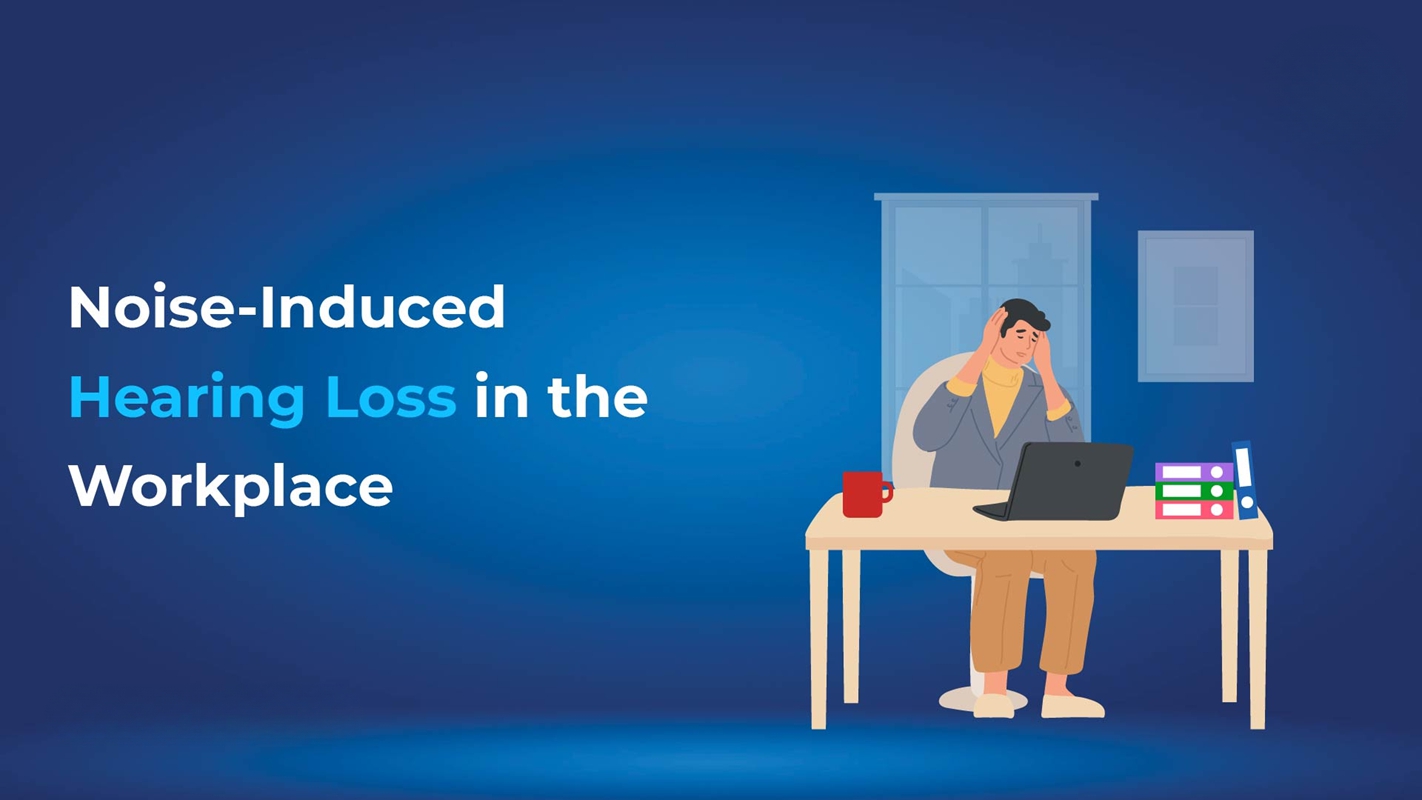Have you ever experienced the uncomfortable sensation of water stuck in your ear after swimming or showering? While it might seem minor, trapped water can lead to serious issues like ear infections, discomfort, or temporary hearing loss if left untreated. Understanding how to remove water from the ears effectively is essential for maintaining ear health and avoiding complications.
This guide will share simple and practical solutions for safely removing water from your ears. From tilting your head to using over-the-counter ear drops or applying a warm compress, there are many effective techniques to try. We’ll also provide prevention tips to help you avoid this issue in the future.
Whether you’re looking for quick remedies or seeking expert advice, this guide covers everything you need to know about keeping your ears healthy and water-free. Stay tuned for actionable insights to ensure lasting ear health!
Why Does Water Get Trapped in the Ears?
Understanding why you need to remove water from ear canals in the first place can help you prevent it. Here are common causes:
- Narrow Ear Canals: Some individuals have naturally narrow ear canals that make it easier for water to stay trapped.
- Excessive Earwax: Built-up earwax can block water from flowing out of the ear.
- Swimming and Bathing: Submerging your head in water often results in water getting into the ears.
- Ear Infection or Inflammation: Infections or inflammation can alter the shape of the ear canal, trapping water inside.
- Incorrect Cleaning: Cotton swabs can push water deeper, making it harder to remove water from ear passages.
Understanding why water gets trapped can help you take proactive steps to prevent it.
Read Also: Ear Pain in Cold and how cold weather can affect your ear health.
Risks of Trapped Water in the Ear
Water stuck in the ear for days may lead to discomfort, but the risks go beyond that:
- Swimmer’s Ear: Prolonged water exposure can lead to bacterial growth, causing an ear infection known as swimmer’s ear. Symptoms include itching, redness, and pain.
- Hearing Issues: Temporary muffled hearing can occur due to the blockage.
- Chronic Infections: If left untreated, repeated infections can damage the ear canal or eardrum, potentially leading to hearing loss.
So, it’s essential to know how to remove water from the ear quickly and safely.
How to Get Rid of Water in Your Ear: Easy Step-by-Step Techniques
Having water stuck in your ear can feel uncomfortable and may lead to irritation, hearing trouble, or even an infection if not removed properly. Luckily, there are safe and simple ways to get it out. Follow these easy steps to relieve the pressure and help your ear feel normal again.
Tilt and Shake Method
One of the fastest ways to remove water from your ear is by tilting and shaking your head.
Steps:
- Tilt your head sideways so the ear with water is facing downward.
- Gently pull on your earlobe to open the ear canal.
- Shake your head lightly to help the water drain out.
This method works best when water is trapped near the outer ear.
Use Over-the-Counter Ear Drops
Using ear-drying drops is a proven way to remove water from the ear caused by swimming or wax blockage.
Best for: Narrow ear canals or ears with extra wax.
Steps:
- Turn your head so the ear with trapped water is facing upward.
- Put 2–3 drops of ear-drying solution into the ear.
- Keep your head tilted for a few minutes.
- Then tilt your head the other way to let the water drain out.
Tip: Be sure to read and follow the directions provided on the product label.
Try the Valsalva Maneuver
This method helps balance pressure in the ears and can release trapped water.
Steps:
- Take a deep breath.
- Close your mouth and pinch your nose shut.
- Gently blow air through your nose (without letting any air out).
- Stop once you feel a small pop or pressure release in your ear.
Warning: Don’t blow too hard, as it may harm your eardrum and could cause ear bleeding if done incorrectly.
Apply a Warm Compress
A warm compress can help relax your ear muscles and allow water to flow out.
Steps:
- Soak a clean cloth in warm water and squeeze out extra water.
- Place the warm cloth over the affected ear for 5–10 minutes.
- Tilt your head afterwards to let the water drain.
This method also helps reduce any discomfort from trapped water.
Use a Hair Dryer
Warm air can help evaporate the water in your ear.
Steps:
- Set your hair dryer to the lowest heat and fan setting.
- Hold it about 12 inches away from your ear.
- Gently blow warm air toward the ear for 30 seconds at a time.
- Repeat if needed.
Caution: Don’t use high heat, and don’t bring the dryer too close to avoid burns.
Create a Vacuum Using Your Palm
This trick helps create suction to pull the water out of your ear.
Steps:
- Place your palm firmly over the ear, making a tight seal.
- Gently push and release your hand to create a vacuum effect.
- Keep doing this until the water starts to drain.
Prevention Tips to Avoid Water in the Ear
Rather than needing to remove water from the ear frequently, here are smart ways to avoid it:
Do’s | Don’t |
Use swim plugs or earplugs. | Insert cotton swabs into your ear. |
Dry ears thoroughly after water. | Use sharp objects to clean your ears. |
Tilt your head to drain water. | Ignore persistent ear discomfort. |
When to Seek Medical Help
If you can’t remove water from ear areas with these tips, it’s time to get medical help.
- Persistent Ear Pain: Continuous pain could indicate an infection.
- Muffled Hearing: If your hearing doesn’t return to normal.
- Signs of Infection: Redness, swelling, or discharge from the ear.
The Hearing care clinic in Delhi offers expert consultation and treatments for all ear-related issues.
Read: Which Cell Keeps Your Hearing Aids Running
Conclusion
Water trapped in the ear can be an annoying and potentially harmful issue, but with the proper techniques, it’s easy to manage. Knowing how to remove water from ears effectively is essential for preventing discomfort and complications. Whether you try the tilt-and-shake method or opt for professional ear drops, the key is to act quickly and safely.
For persistent problems, it’s essential to seek professional help. Don’t hesitate to visit the Hearing Aid Centre in Delhi or book a Hearing Test in Delhi to ensure your ears remain in excellent condition.
















